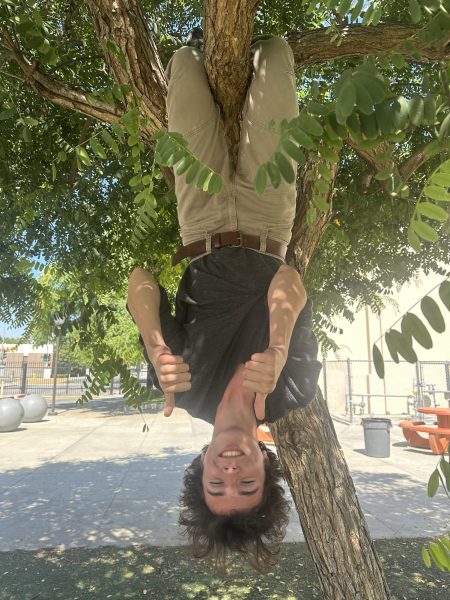Halloween’s roots are found in the Celtic festival of Samhain. This festival marked the end of the harvest season and the beginning of winter. People in what is now Ireland, the UK, and Northern France celebrated Samhain on October 31st. They lit bonfires to keep evil spirits away. Over time, the Christian church wanted to merge Samhain with its own traditions. In the 9th century, November 1st became All Saints’ Day. The evening before, October 31st, was called All Hallows’ Eve, and it’s later shortened to Halloween, With this info being gathered from Wikipedia’s article titled “All Saint’s Day”.
In the United States, Halloween traditions were heavily influenced by immigrants. Many Irish immigrants brought their customs shortly after the Irish potato famine, including carving turnip lanterns (which would later be changed to pumpkins) and dressing up in costumes to ward off evil spirits. Trick-or-treating as we know it began in the early 20th century. Kids would go from house to house, and tell jokes or perform tricks for candy. It became a fun way for neighborhoods to come together.
As the 20th century progressed, Halloween became more commercialized. It’s no longer just about trick-or-treating; it includes haunted houses, costume parties, and lots of candy. It’s a holiday that has spread worldwide, celebrated by people of all ages.



